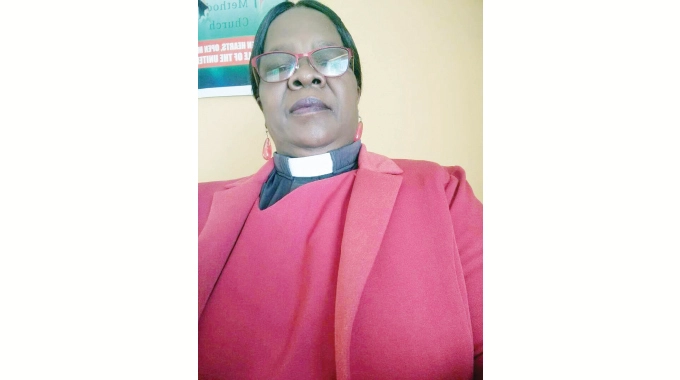A private school can have benefits, such as small classes and first-rate facilities. But the price is frequently prohibitive.
According to data from the Education Data Initiative from December 2021, there are more than 22,000 private K–12 schools in the U.S., and they cost an average of $12,350 per year.
The average annual tuition for private high schools is $16,040, and the average is $7,630 for private primary schools. However, schools in big cities can be very expensive; for instance, the Horace Mann School in New York City’s K–12 tuition was close to $60,000 for the 2022–2023 academic year, according to the school’s website.
Families are able to afford private schools in great part because of scholarships.
Children should have access to schools that best suit their unique needs since no one size fits all, said Elizabeth Toomey, director of communications at the Children’s Scholarship Fund, which offers financial aid to K–8 kids, in an email. Therefore, regardless of their income or zip code, we want to allow parents to enroll their children in private schools if they believe they are the greatest fit for their child.
Here are some tips for finding and applying for scholarships if you’re thinking about attending a private school.
Why Attend a Private School
Private schools may not be the best option for everyone, and in fact about 9 in 10 U.S. students go to public schools, federal data show. However, there are reasons why some students may find private schools to be a better fit. Private schools can offer benefits such as smaller class sizes, more advanced classes and a more comprehensive range of clubs, activities and exchange opportunities, says Cheryl Scott-Mouzon, a K-8 admissions counselor at IvyWise, an educational consulting firm.
Private schools may also provide the opportunity to dive deep into a specific subject matter and to work with specialists in the area, adds Elizabeth Jones, president and co-founder of the Institute for Educational Advancement, which advocates for the needs of gifted youth.
No two private schools are the same, so take the time to do your homework. “Parents and older students should do the proper research in looking for schools that would be a good fit for their student – schools that will be able to challenge their students and who have the electives and activities that will ensure a well-rounded education,” says Scott-Mouzon.
If that right fit comes at a high price, financial aid and scholarships may make it attainable.
How to Find and Apply for K-12 Scholarships
“The most obvious advantage of applying for scholarships is that, unlike loans, scholarships don’t need to be repaid,” says Alan Royal, director of outreach and partnerships at the Jack Kent Cooke Foundation, which runs scholarship programs for middle school and college students with financial need.
But the process of finding and applying for private school scholarships can be overwhelming. Here are some steps experts recommend.
Start Early
Get going on your scholarship search as soon as you can, in the year before your child will start at a private school. Between research and applications, the scholarship application process can be time-consuming. Some organizations, such as the Children’s Scholarship Fund, award scholarships on a first-come, first-served basis, meaning the earlier you apply, the better your chances. And all have deadlines to meet for consideration, experts stress, usually in the spring before your child will start school.
Consider Your Child’s Interests and Qualifications
This is the time to think about your child’s interests, accomplishments and goals as they pertain to school. While this can help determine which scholarships to apply for, it’s also an opportunity to confirm if private school is the right choice for you.
“A more rigorous high school will be more demanding and a larger time commitment,” says Royal. “It is valuable to reflect on your reasons and the factors affecting your decision ahead of time to ensure that committing to this type of educational experience is the right fit.”
Scholarships can be “merit-based” (focused on student achievement in a particular area or school overall), “need-based” (based on financial need) or both. Some scholarships are specific to factors such as race or immigration status.
Here are a few examples of specific scholarships available to K-12 students:
- A Better Chance places high-achieving students of color in grades four through nine in top schools, including private and boarding schools.
- Cooke Young Scholars Program provides five-year scholarships and additional learning opportunities to high-achieving seventh graders with financial need.
- The Institute for Educational Advancement’s Caroline D. Bradley Scholarship program provides full four-year high school scholarships to high-achieving students.
Search Widely
According to Toomey, applicants hear about opportunities through families, friends, neighbors and schools – both their current and prospective ones. Many scholarships come directly from schools, so reaching out to your schools of choice is a good first step, says Scott-Mouzon.
Beyond their own scholarships, schools may also partner with donors who want to support prospective students, adds Royal. While there are fewer scholarships for K-12 schooling than for higher education, Scott-Mouzon says that between schools and outside organizations, there are still a wide range of opportunities to pursue.
“Parents should also see if their state offers voucher programs, which are government-funded certificates that allow students to attend a private school that a parent chooses,” says Scott-Mouzon.
EdChoice, a school choice advocacy group, offers state-by-state information on their website on vouchers, tax credits and other ways of funding private school education. The Children’s Scholarship Fund also lists tuition assistance programs by state, along with its scholarship programs.
Be Transparent During the Application
Scholarship applications will likely require an essay from the student or parent. This part of the process allows one to show personality, drive and challenges overcome.
“Student essays should really be in the student’s voice, answering questions as honestly as possible,” says Scott-Mouzon. “Parent essays should be honest as well, giving a clear picture of your child’s strengths and challenges, if any.” There is a similar opportunity to discuss these points if an interview is required.
In other News On ZiMetro…
Methodist Reverend in Witchcraft Scandal, Names a Pig After Family Member and Slaughters It…Family Member Dies!
A pastor for the United Methodist Church has come under fire from family members who claim that she divides the family and does rituals.

The Mutasa District’s Reverend Lilian Mufute is the target of criticism from her family and several congregation members who saw what she did.
According to reports, Reverend Mufute performed ceremonies at her property with her brother-in-law, Josphat Mufute, a sangoma...more here

For comments, Feedback and Opinions do get in touch with our editor on WhatsApp: +44 7949 297606.


